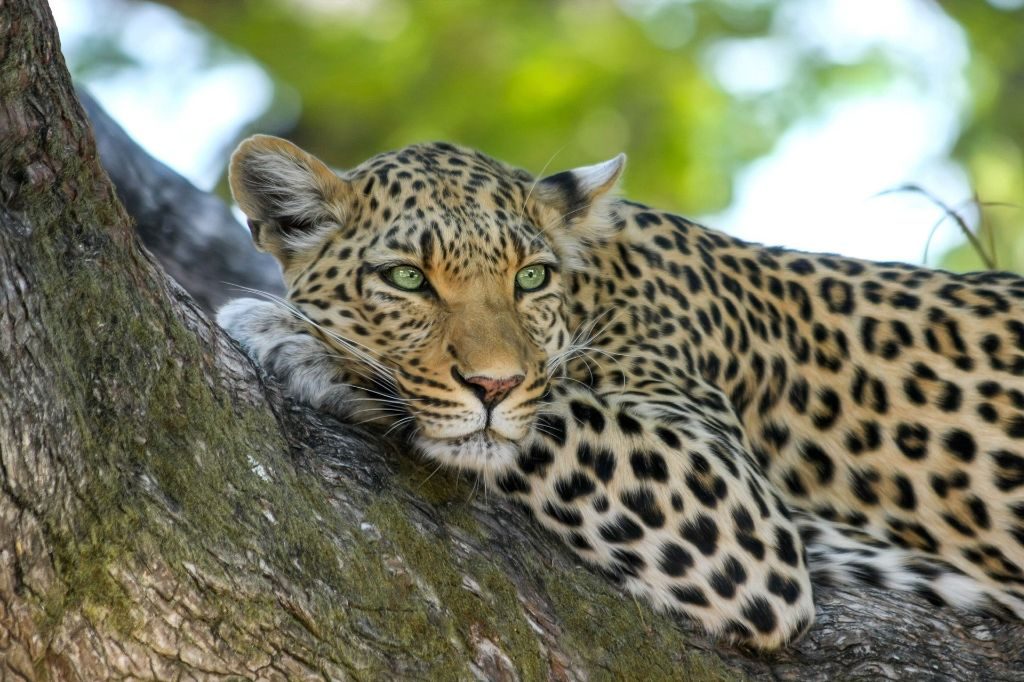Mount Kilimanjaro is not only the highest mountain in Africa but also one of the most sought-after climbing destinations in the world. Located in Tanzania, it is composed of three volcanic cones: Kibo, Mawenzi, and Shira. The trek to the summit is a journey through five distinct ecological zones, each offering unique flora and fauna.
Whether you’re a seasoned climber or a first-time adventurer, Kilimanjaro’s non-technical climb and well-marked routes make it accessible to all. However, its altitude presents challenges, making proper acclimatization crucial.
- Uhuru Peak: The highest point on Mount Kilimanjaro, offering panoramic views that stretch across Tanzania and beyond.
- Shira Plateau: A vast high-altitude desert with unique flora and expansive views of the mountain.
- Barranco Wall: A challenging but rewarding rock wall offering incredible views of the surrounding landscapes.
- Mawenzi Peak: The second highest peak, providing a rugged, less-traveled path for experienced climbers.
- Rainforest Zone: Home to diverse wildlife, including monkeys, antelopes, and various bird species.
- Trekking Routes: Choose from popular routes like Machame, Marangu, and Lemosho, each offering unique challenges and scenic beauty.
- Wildlife Safaris: Combine your climb with a safari in nearby national parks like Serengeti and Ngorongoro Crater.
- Cultural Tours: Visit local Chagga villages to learn about their traditions and lifestyle.
- Bird Watching: Explore the diverse bird-life in the rain-forest zone.
- Photography Expeditions: Capture the stunning landscapes and wildlife of Kilimanjaro.
Mount Kilimanjaro is surrounded by the Chagga people, known for their hospitality and rich cultural heritage. Visiting local villages offers a glimpse into their way of life, traditional crafts, and agricultural practices. Local guides provide invaluable knowledge about the mountain’s flora, fauna, and trails, ensuring a safe and enriching experience. Understanding local customs and respecting their traditions can greatly enhance your journey.
- Best Time to Visit: The ideal climbing seasons are January to March and June to October.
- Packing Essentials: Include layered clothing, a good quality sleeping bag, trekking poles, and high-energy snacks.
- Health and Safety: Acclimatization is crucial; consider a longer route to allow your body to adjust. Stay hydrated and aware of altitude sickness symptoms.
- Permits and Fees: Ensure you have the necessary permits, which are typically arranged by your trekking company.
- Fitness Preparation: Start training several months in advance with cardio and strength exercises.
- Base Camp Hotels: Comfortable lodges and hotels in Moshi and Arusha where most treks begin.
- Mountain Huts: On the Marangu route, huts provide basic shelter and meals.
- Camping: On other routes, trekkers camp in designated areas with tents provided by tour operators.
Featured Hotels
Explore our curated list of featured hotels near Mount Kilimanjaro, offering comfort and convenience before and after your climb.
Sample Itineraries
3-Day Trek: Day 1: Arrive at Moshi, pre-climb briefing and overnight stay. Day 2: Start trek via Marangu Route to Mandara Hut, enjoy the rainforest scenery. Day 3: Trek to Horombo Hut, acclimatization, and return to Moshi.
5-Day Adventure: Day 1: Arrive in Arusha, trek briefing and overnight.
Day 2: Start trek via Machame Route to Machame Camp. Day 3: Trek to Shira Camp, enjoy stunning views. Day 4: Trek to Barranco Camp via Lava Tower. Day 5: Trek to Barafu Camp, summit attempt at midnight, and return to Mweka Camp.
7-Day Expedition: Day 1: Arrive in Moshi, rest and briefing. Day 2-3: Trek via Lemosho Route to Shira 2 Camp. Day 4-5: Ascend to Barranco Camp and Karanga Camp. Day 6: Reach Barafu Camp, midnight summit attempt to Uhuru Peak. Day 7: Descend to Mweka Gate, celebrate in Moshi.
Allow our Moran AI to find the perfect itinerary for you!
Our Featured Itineraries
Explore our featured itineraries designed to maximize your Kilimanjaro experience, tailored to different fitness levels and interests.

5-Day Safari Package: Tarangire, Serengeti, and Gombe
Overview of Conservation Efforts
Mount Kilimanjaro’s unique ecosystems face challenges from climate change and human activity. Conservation efforts aim to protect its biodiversity and ensure sustainable tourism.
Key Conservation Initiatives
- Reforestation Projects: Planting trees to combat deforestation and soil erosion.
- Wildlife Protection: Safeguarding endangered species and their habitats.
- Sustainable Tourism: Promoting eco-friendly practices among trekkers and tour operators.
Conservation Organizations
- Kilimanjaro National Park Authority: Oversees conservation and tourism management.
- Kilimanjaro Project: Focuses on reforestation and community education.
- African Wildlife Foundation: Supports wildlife conservation across Africa.
Explore our curated list of safari companies specializing in Kilimanjaro treks. These trusted operators ensure a safe and memorable climb, providing knowledgeable guides, quality gear, and comprehensive support throughout your journey.

